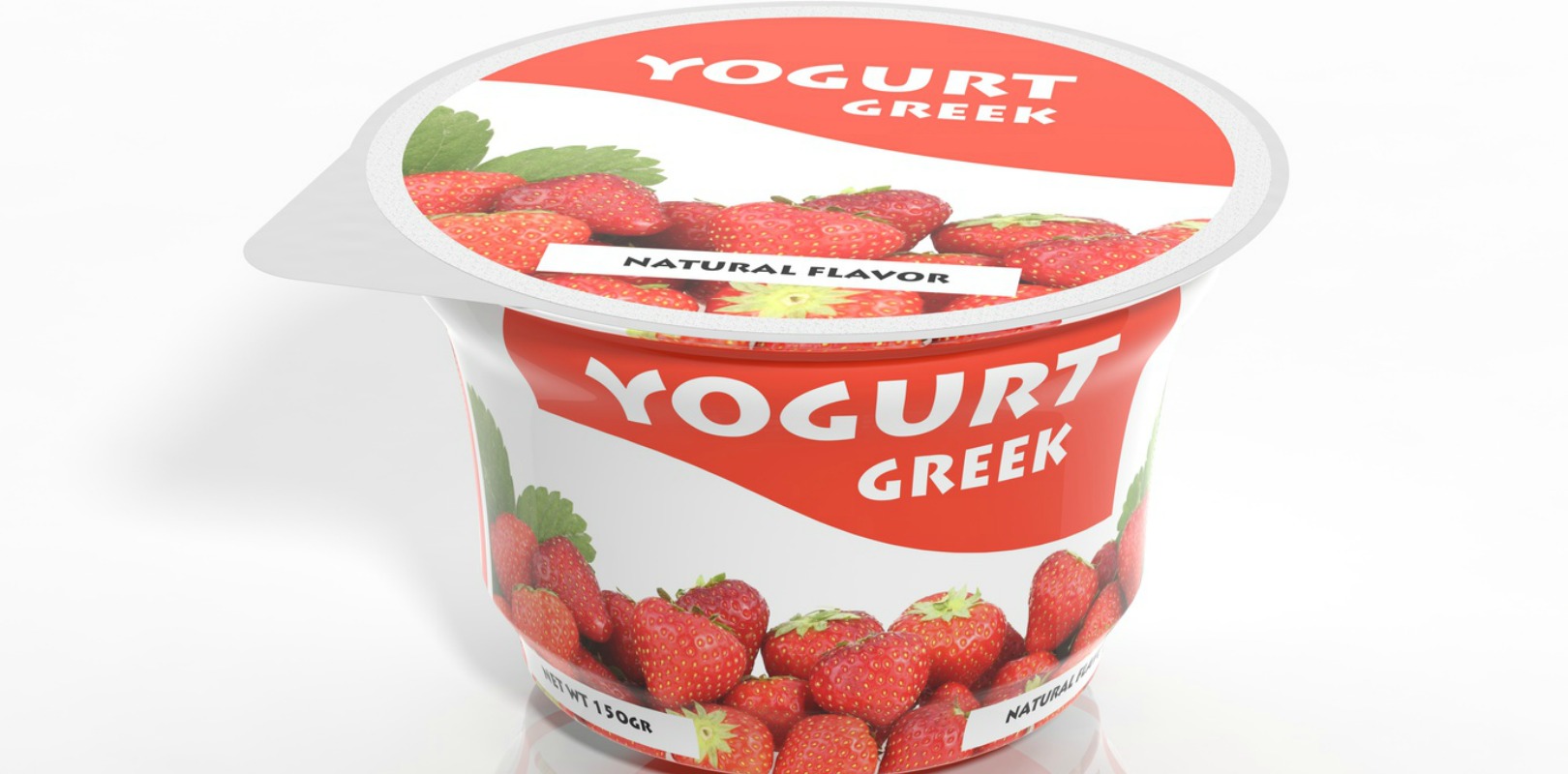Over the last decade, yogurt food supply has widened. There are plenty of original flavours as well as different milk fat percentages available. We now have Greek yogurts that is trending all over the world and its little brother, Iceland’s skyr, which is also a kind of yogurt packed with proteins. So, as the food supply continues to grow, consumers may be lost.
This is a guest post from Hubert Cormier. Used with permission.
Public’s perceptions of healthy eating seem to be heavily influenced by dietary guidance, which recommends vegetables and fruits, meat, limitations of fat and salt, variety and moderation. For example, the recommendations drawn from the Canada’s Food Guide are to select lower fat milk alternatives and to compare the Nutrition Facts table on yogurts or cheeses to make wise choices, which are to choose products that contain less fat, saturated fat, trans fat, sugar and sodium. However, if we follow by the rule this recommendation, we would not be tempted to choose high-fat yogurts.
Labeling foods as low calorie may create a halo effect, which may lead to overconsumption of these foods in restrained eaters. Behavioural factors such as restraint and disinhibition may drive consumers towards lower-fat alternative foods. It is clearly established in the scientific literature that restrained eaters showed a strong tendency to avoid fat in addition to be used to consuming artificial sweeteners – often found in low-fat yogurts – and to choose calorie-reduced foods.
However, for yogurt, the classification of “high-fat” vs. “low fat” is more arbitrary, and the fat content remains low compared to other dairy products such as cheese, butter or cream. By taking into account the low energy density of yogurt and the fact that yogurts are loaded with proteins, bioactive peptides, calcium, vitamin D, and branched-chain amino acids, yogurt consumption should be encouraged, independently of their fat content. Also, high-fat yogurts often replace desserts or snacks and may have a better impact on satiety!
And you, what are your preferences?



